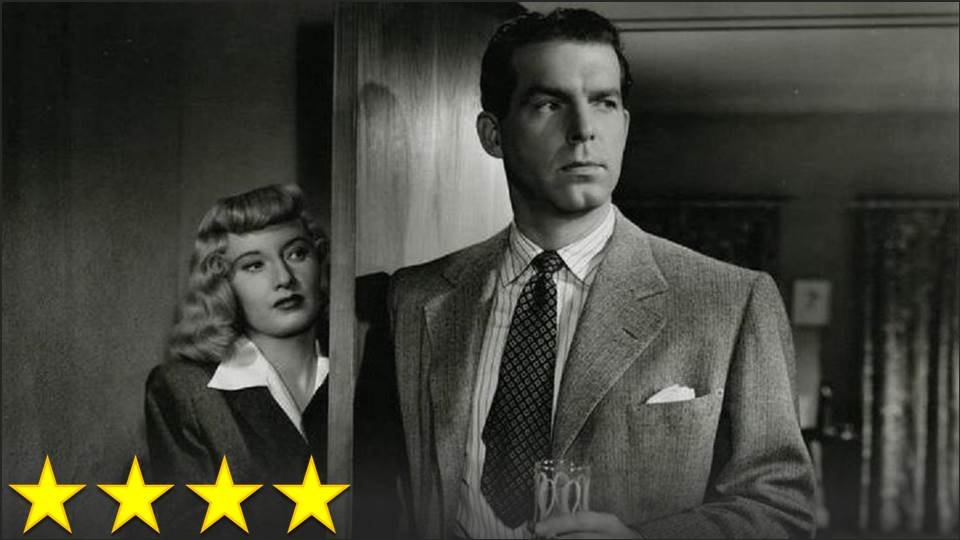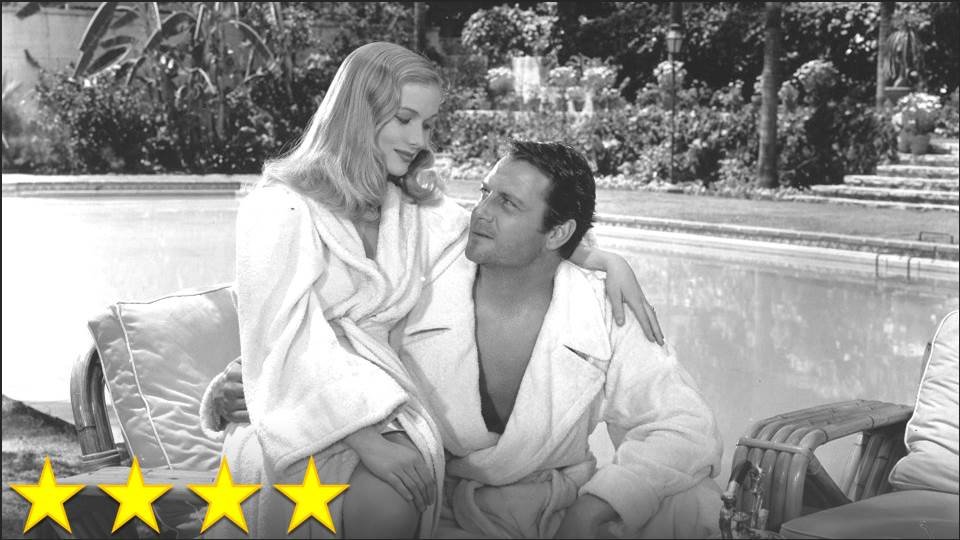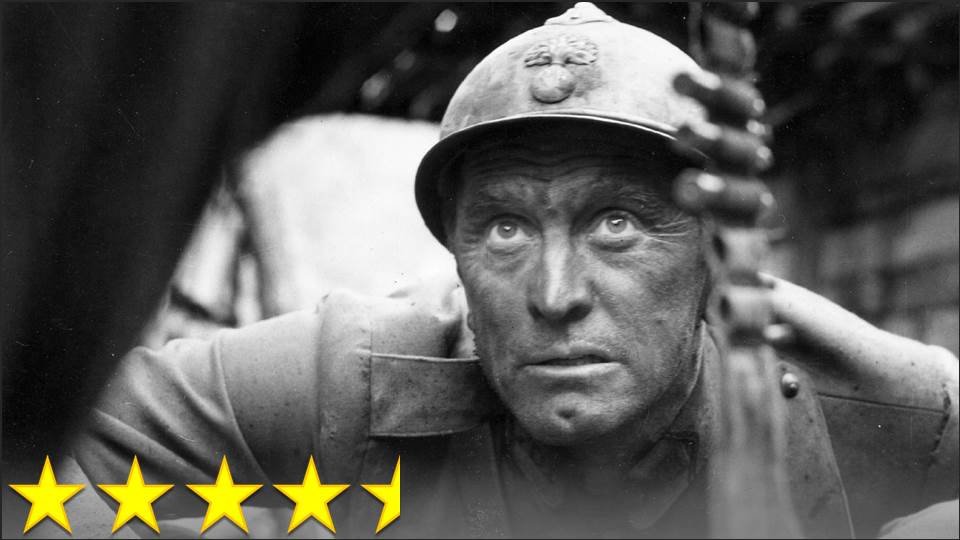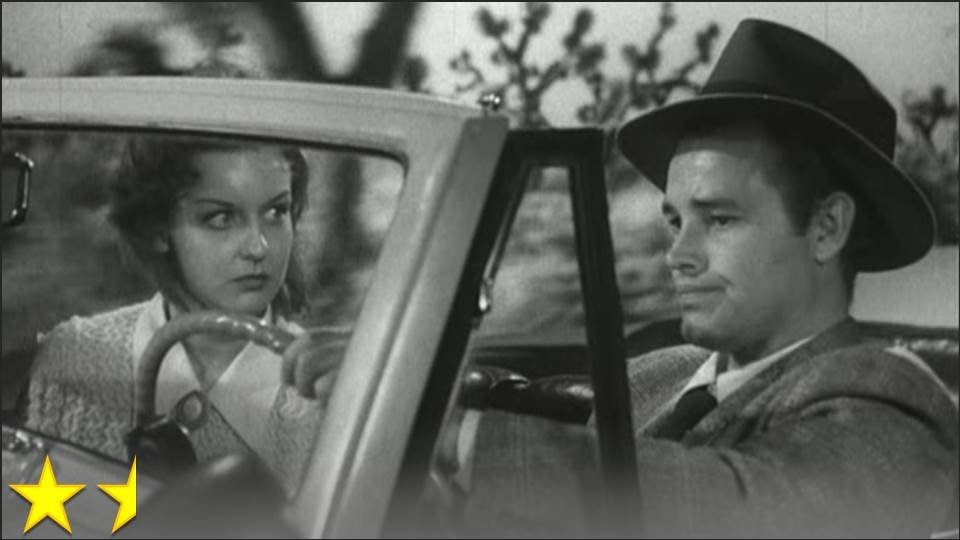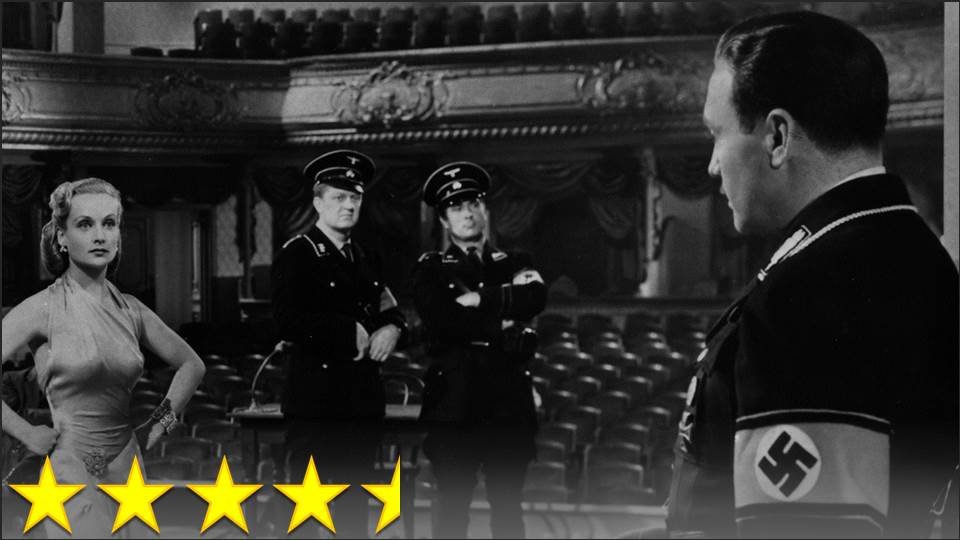Well, I suppose I couldn’t avoid it forever. I always knew that I would eventually have to start reviewing silent films. Sure, I did review Metropolis, but that was the Giorgio Moroder version, so I was largely reviewing an audio storyteller’s work with re-interpreting older visual material, making it more similar to an ordinary sound film. The reason why that is the only silent film I have reviewed thus far is because it was a way of cheating – I just don’t know how to review a pure silent film. At the end of the day, sound cinema isn’t just a different kind of storytelling or a different stage of the history of the same medium – it’s a fundamentally different medium. Ever since Sergei Eisenstein penned his essay on “vertical montage,” cinema as we know it has been an art of both sight and sound, and I would even go so far as to say that the sound film is more like the television show than it is to the silent film. Because of the radical difference, I have been far too scared of reviewing a true silent film in my writings thus far, largely due to the fact that my attention is always, always, always drawn first to the contemporary soundtracks that have been added to the silent films I’ve seen, and the sound determines a huge percentage of my experience. Nevertheless, I shall attempt to focus this review on what it is I see that I find fascinating.
For his day, I think what Buster Keaton created here was a very good mix of spectacle (or “attraction”) and story. The story is interesting and clever, although it is structured strangely, and it does leave much of the most interesting actions in the story up to secondary characters, all while Buster is asleep. Keaton’s character in the film is exceptionally likable – the kind of daydreamer that the ideal “Walter Mitty” ought to be – and the way this character concludes the film is one of the greatest combinations of clever comedy and romantic charm I have ever seen. His playfulness with the medium is equally clever, resulting in some exceptional special effects that have truly stumped be. The silent slapstick may not be my cup of tea, but I think that the film works fairly well with audiences today on the whole, at least as far as its comedy goes, and I do consider it a very impressive achievement of the silent age.

